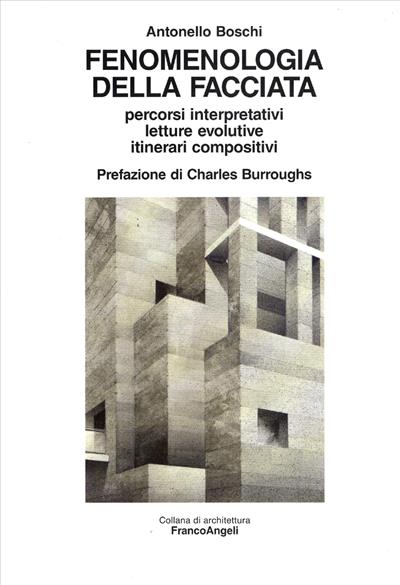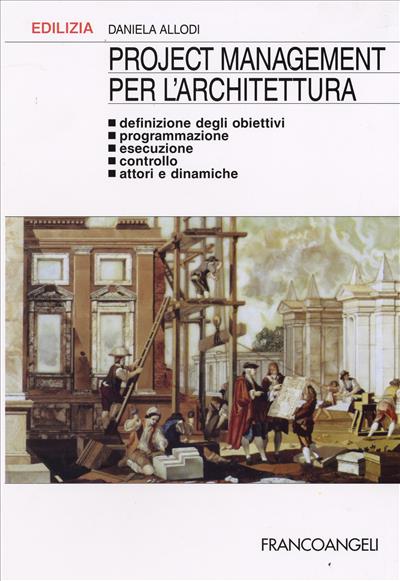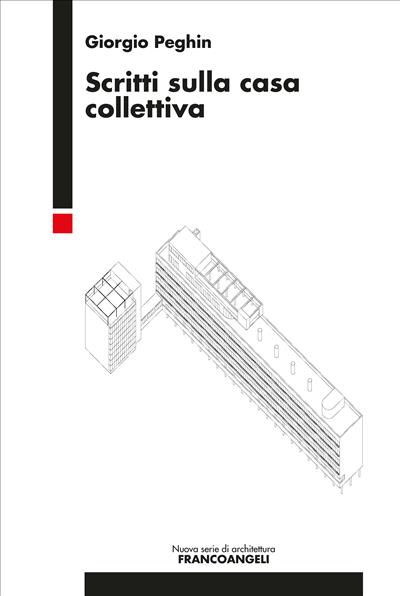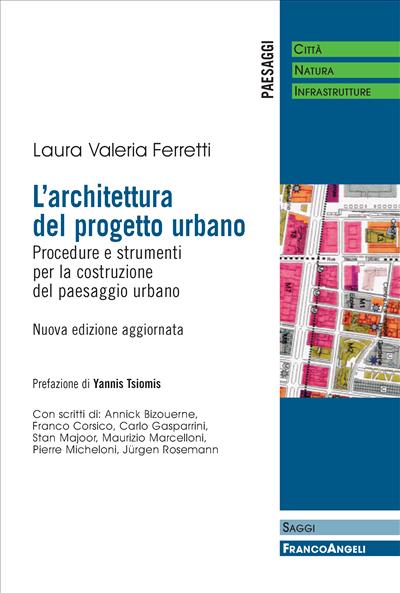
Architecture for flexibility in healthcare
This text sets out to identify the strategies for flexibility which are the most suitable for designing hospital buildings capable of being adapted quickly to the emergence of new demands while reducing to the minimum any interference with the healthcare activities being carried out.
Pagine: 256
ISBN: 9788820415020
Edizione: 1a edizione 2012
Codice editore: 1330.84
Disponibilità: Esaurito




